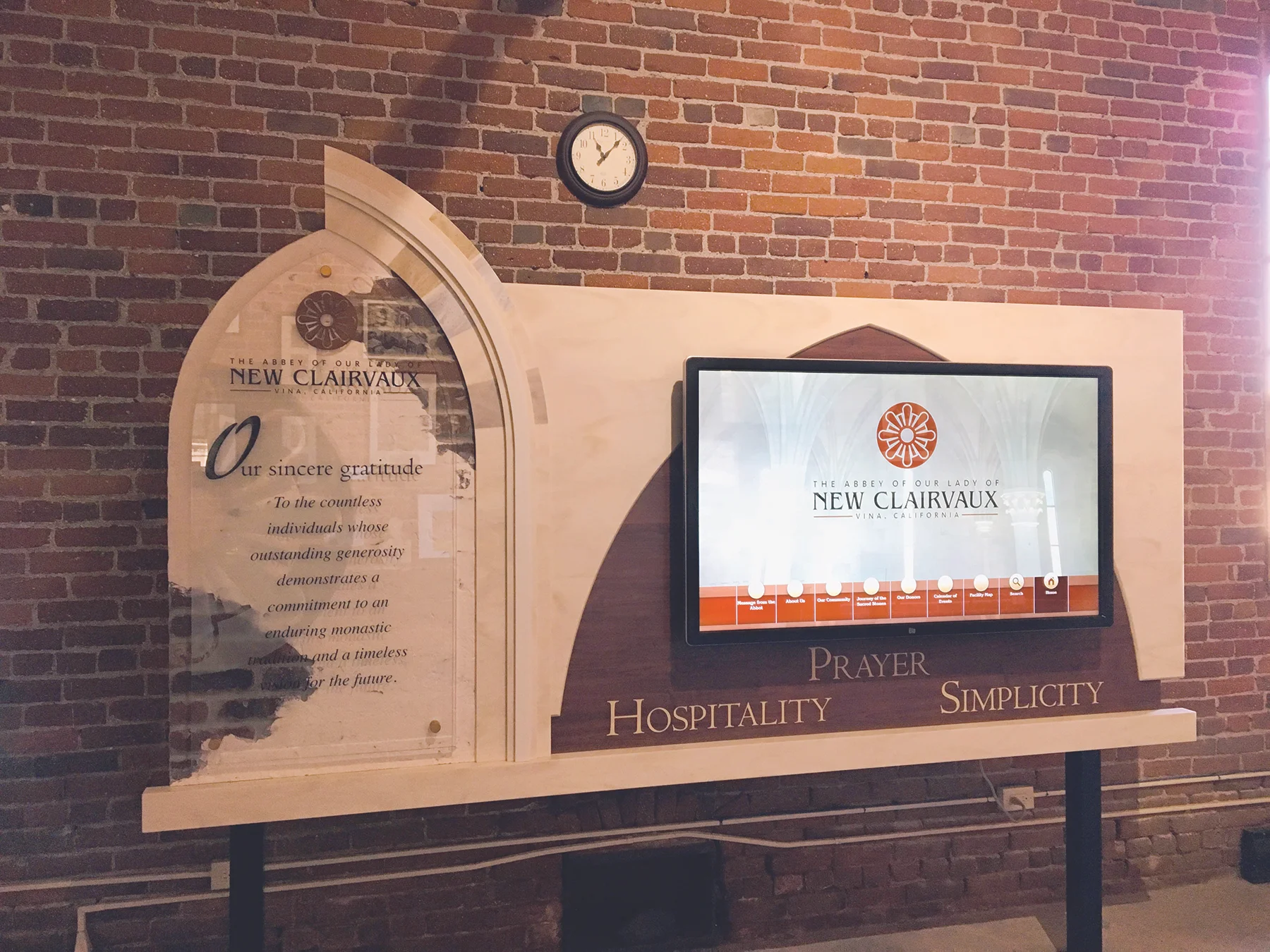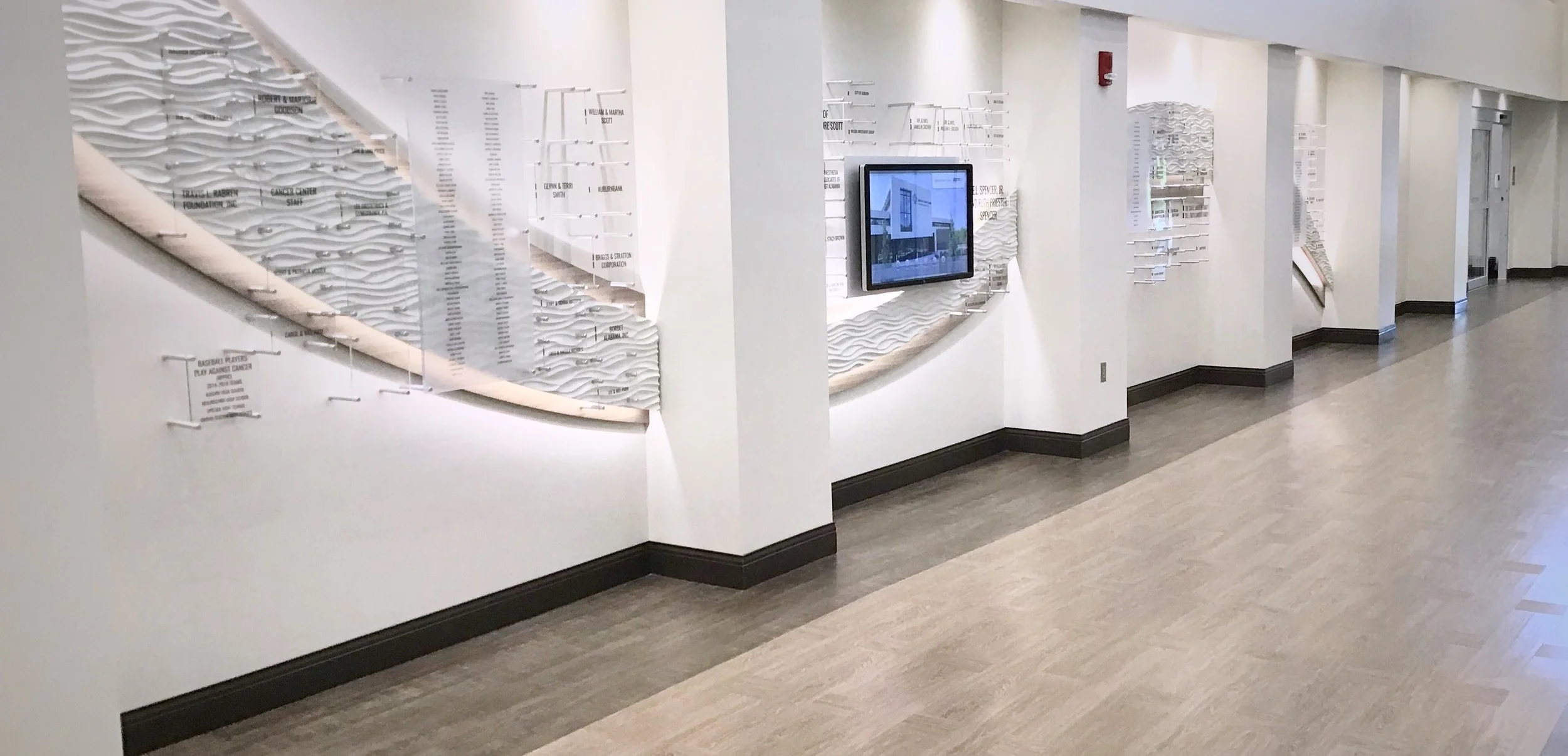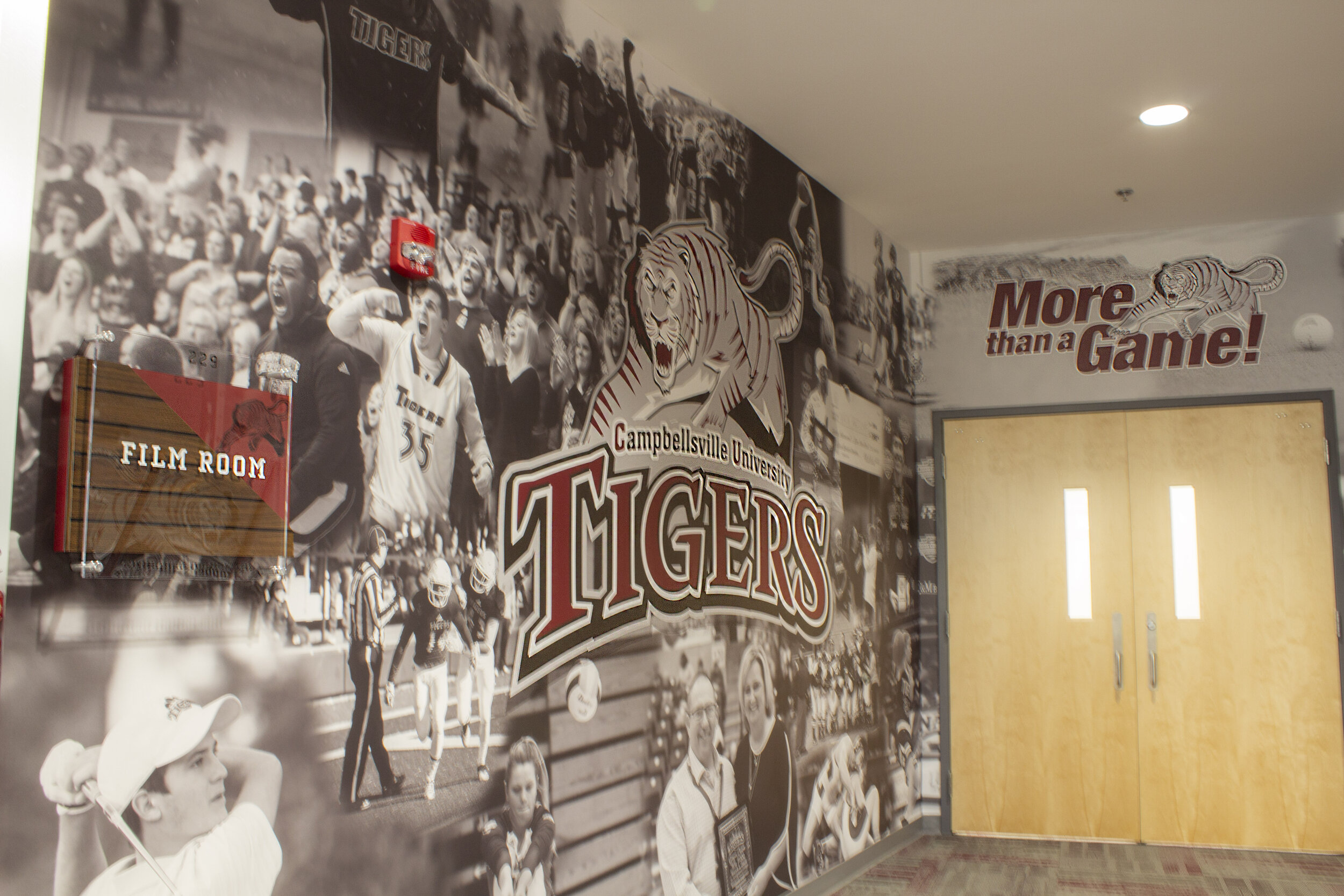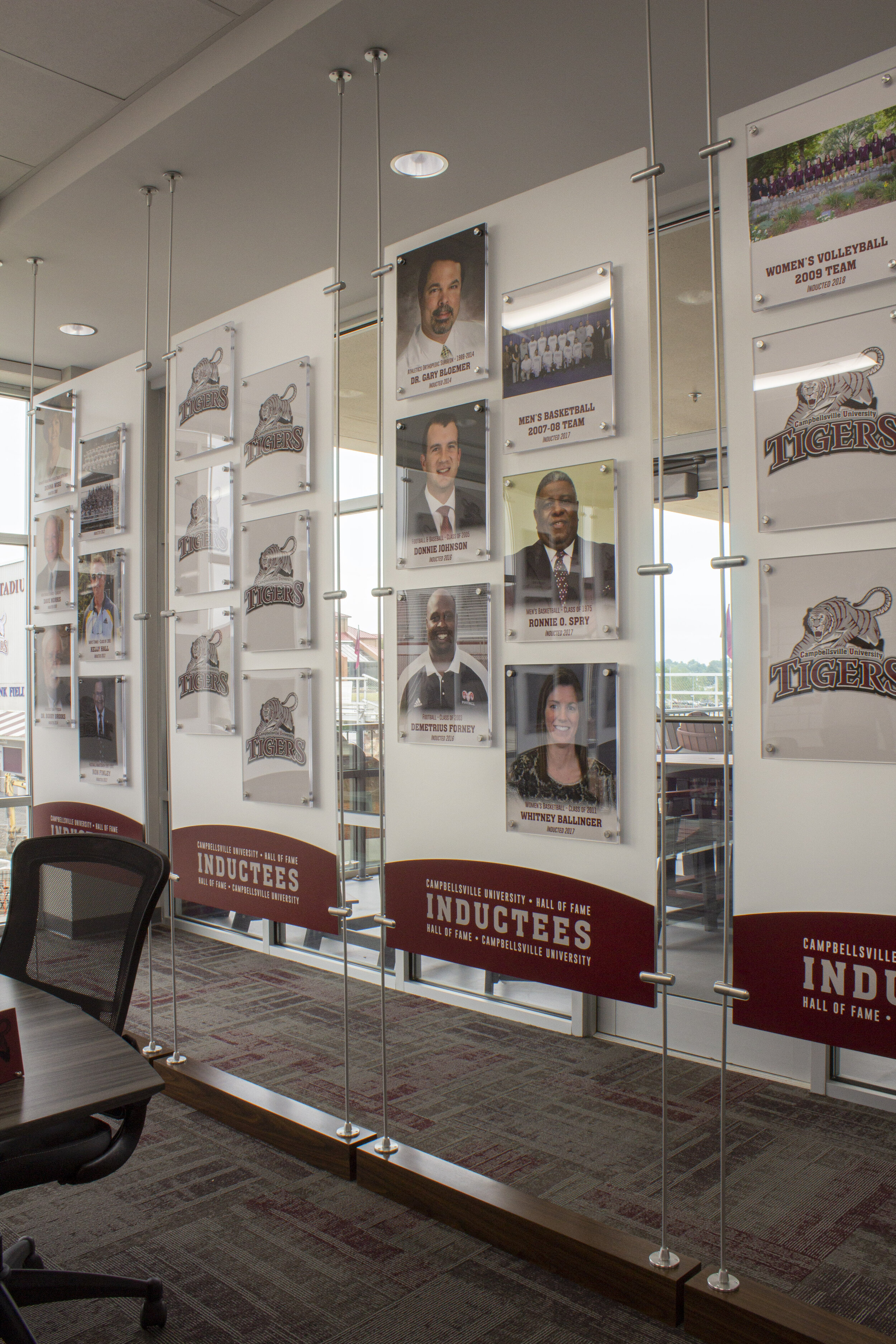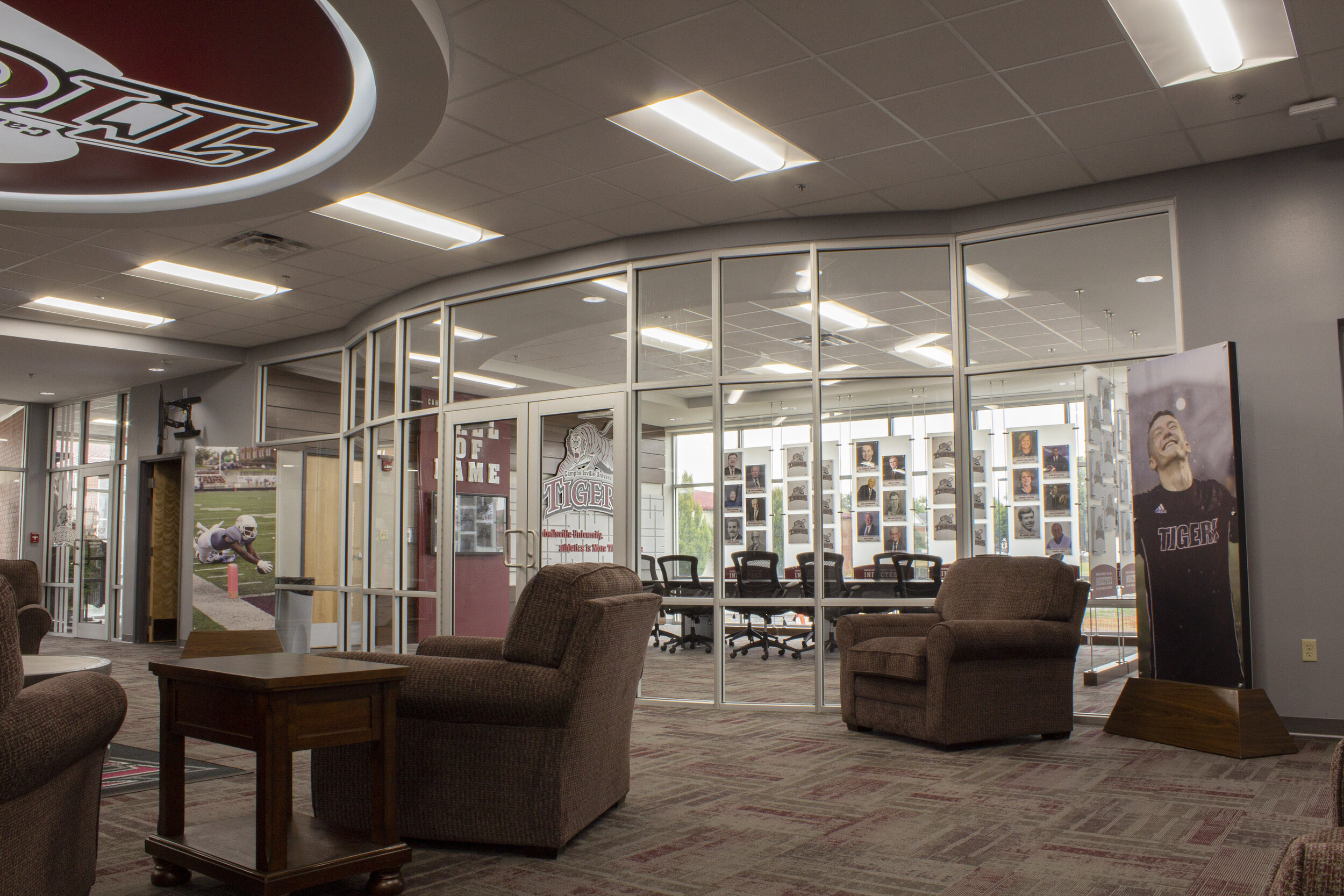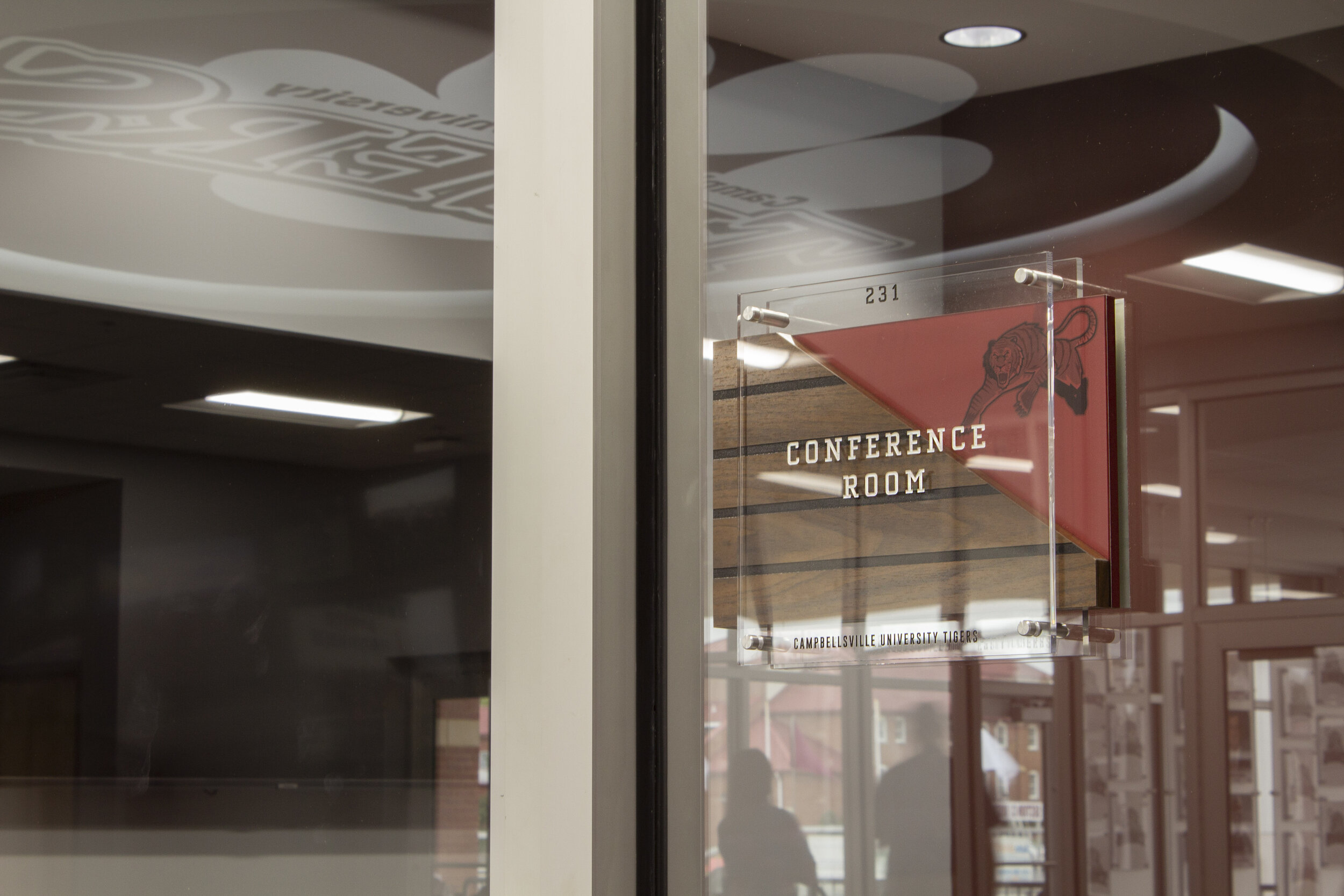by John Cochran, Donor Recognition Strategist, Eleven Fifty Seven
A question our clients often ask is “When is the ideal time to start a donor recognition project?” On one end of the spectrum, we receive calls from teams in the silent phase of a capital campaign inquiring about custom donor recognition solutions a year or more out from their completion date. Then, on the other end of the spectrum, we have teams calling when they are just a few months out from an event date that is rapidly approaching.
Of course, there is no “correct” answer, but based on our years of experience we know it is always advantageous to start earlier rather than later. We often hear that as a capital campaign winds down, the lives of the development folks we serve become progressively crazier. The “to-do list” grows significantly and the development team is running around completing tasks and wearing many different hats. Does this sound like you?
Starting the donor recognition component earlier, rather than later, allows for strategic planning of donor recognition and ensures all important details are taken into consideration during the design phase. Details like, “Does this need to be easily and affordably updated,” or, “Is this a permanent display which will not change in the future,” and, “Do we want an interactive digital component which allows for expanded donor and client stories and accomplishments?” Wouldn’t your life be a little less stressful if you had one less thing on your “to-do list” as the campaign deadline approaches?
There are some additional advantages to starting earlier. Here is an exercise to illustrate the point:
Close your eyes (yes really!) and visualize the answers to the following question – How many people within your organization will have an opinion on the final recognition display? Do you have the faces of these folks in mind? Perhaps that list includes colleagues on your team (Advancement, Foundation, and Development)? What about other departments – Marketing, Strategic Communications, IT, Facilities, College Dean, Executive Director, the top leadership of the entire organization, or perhaps a major namesake donor?
Did you just add to what you initially visualized? How easy or difficult is it to get all parties together, in the same room at the same time, to have a conversation about the strategic approach for the project? Once a project has momentum, how long will it take to matriculate across all those various channels? Our experience tells us that based on all of those things, it often takes quite a bit longer than initially thought.
On the front end, a strategic planning session develops functionality and aesthetics to meet your organization’s goals and objectives. On the back end, there is an opportunity many people don’t take advantage of – utilizing the finished designs to aid in fundraising efforts. Here are two scenarios:
1) You’re a gift officer in front of a prospective donor. You have a design for a plaque or display either on a tablet or printed on paper. Some people just respond more positively to visuals and a visual could be the difference between someone giving a commitment immediately or needing additional time to decide. If our visual helps shorten your “ask” cycle for even just a few donors, you’ll have more time to spend elsewhere (like speaking with other donors!).
2) We often print the design on a foam core board and clients strategically place it in a high traffic area, particularly during events (athletic, community, homecoming). People walk by and you’ll be surprised how it becomes a conversation starter. Maybe someone on your team is strategically placed to answer the question of, “What is that and how can I be a part of this?” This may not result in a transformational gift but it may attract several first-time donors just by starting a conversation. Now you’re increasing your donor base and you have the opportunity to steward those individuals for a lifetime.
In conclusion, the right time to start a project is sooner rather than later. If you ask me for a time frame, I’d suggest 18 months prior to your dedication date, or even sooner. This ensures plenty of time for thoughtful conversations, design and strategy development, and your internal review process. On the plus side, you may also bring in new donors utilizing the design for marketing, finish the project early, and remove some of your stress. So whenever you are ready to start a discussion about your next project, contact me at jcochran@11fiftyseven.com!




